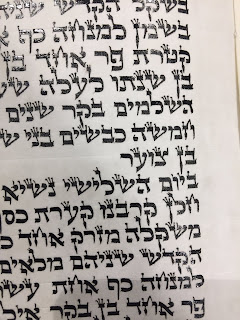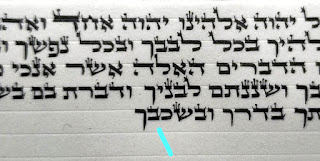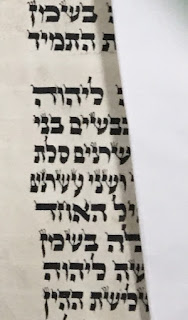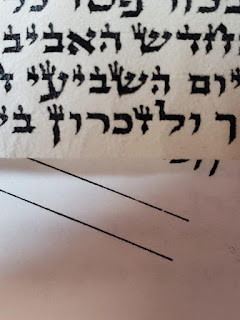Issue of mechikas Hashem?
In preparation for restoring a sefer Torah or part thereof, one needs to check if there's loose ink. This is typically done by lightly rubbing over it with a cloth. May one do this over entire amudim or is there a chashash of mechikas Hashem? If the entire amud can be done with a few swipes of the rag, a complete sefer can be gone over in under an hour. If one may not touch the Shemos it becomes a daunting task. One might think that mima nafshach, if the ink is attached to the klaf, going over it with a cloth won't do anything and if it lifts it off the klaf, it's because it's already loose and not considered attached to the klaf/pasul. However, based on my initial research, both Harav Elyashiv and Harav Mordechai Eliyahu held there's a problem of mechikas Hashem. According to Piskei Halachos, Harav Elyashiv said to leave the Shemos untouched and if and when the ink falls off on it's own then it must be fixed. (Until then you don't have to assume it's






